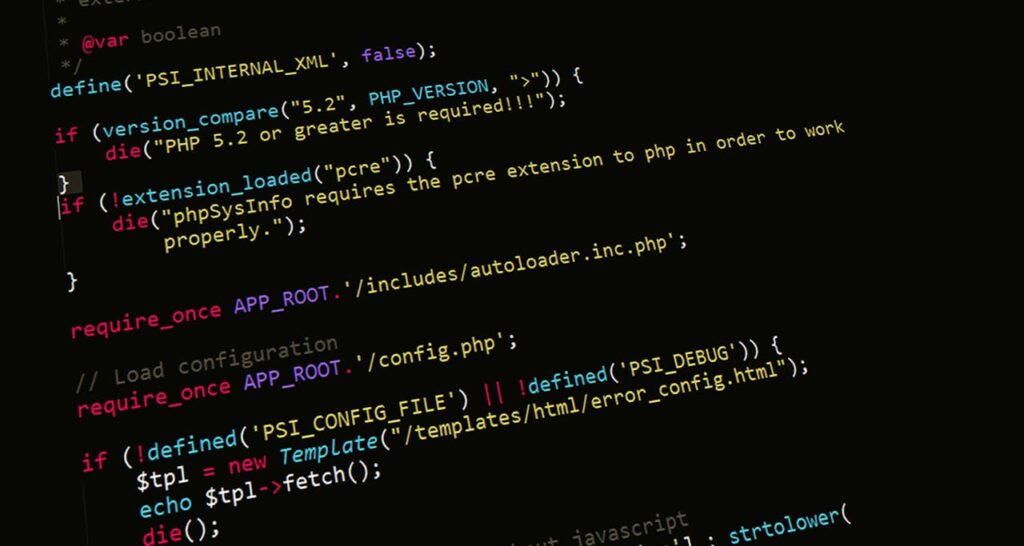This article by Proxy Review is about cURL, an open-source command-line tool for scraping and testing API endpoints. Although cURL is verbose, it can be useful for scraping web data. This article will show you how to use it.
Nevertheless, it will take a while to understand and execute the scripts. Before getting started, make sure to read the following sections first. These instructions are for the benefit of web developers.
cURL is an open-source command-line tool
CURL is a free and open-source command-line tool that downloads web page content and prints it to the console. It is not intended to parse the data and save it in a file, which is why it is useful for scraping web pages. However, it is a handy tool for scraping web data, and can be used for a variety of purposes.
The cURL command is a popular command-line tool for transferring information over a network, and comes with libraries for most programming languages. It is especially compatible with Python, a widely used programming language, because of its readability and versatility.
Python is especially useful for web scraping, as it allows developers to use it for both scripting API requests and debugging complex instances. PycURL is a great Python command-line tool for scraping web data, especially for scraping POST and GET requests.

Photo by Pixabay
It is used for testing API endpoints
The API is a set of commands that individual applications use to get information from the server. For example, a Google website might have APIs that perform various functions. These methods are known as GET and POST, respectively.
GET allows obtaining information from the server, while POST creates a new entity. PUT sends data to the server. During an API test, the application must watch for unexpected inputs and failures, and ensure that the response time is acceptable. It must also be secure against potential attacks and can handle the expected load of users.
API testing allows developers to begin testing their applications early, prior to launching UIs. This is helpful to identify any bugs and inconsistencies before the public gets access to them. Moreover, it is a great way to catch security flaws in APIs before they appear on the UI.
With API testing, developers can kill up to half the bugs that could affect the functionality of their application. The API can be tested with different parameters, exposing inconsistencies, and identifying problems before they affect the user experience.
It is used to scrape web data
When you want to scrape web data, you’ll need to use a program called curl. The program is used to connect requests between web applications. Because curl is used to connect requests, it must be able to send cookies back to the web applications.
Luckily, most browsers deal with cookies the same way. You may also want to use HTTPS, which encrypts all of the data sent over the network, so that attackers cannot spy on sensitive information.
Because curl is written for non-interactive use, it can be tricky to figure out how to combine multiple requests to retrieve web data. Fortunately, there are some built-in curl clients provided by social media websites such as Twitter and Facebook.
Just make sure you have a script that supports these web services. These scripts will help you scrape web data and gather information. But you have to know that these scripts are only as useful as the web services themselves.
It is important to state that when we are scraping websites, especially websites with a higher security level, using the best proxies is important. Proxies help reducing the chance of getting blocked by the CDN or server of the website, improving your scraping rates and allowing you to launch many requests simultaneously.

Photo by Mizuno K on Pexels
It is verbose
There are a few ways to make your scraping more verbose when scraping web data with curl. First, you can make use of the -I/-head option to display all the file information available. It is verbose, but not overly so. This feature is useful for debugging, and it allows you to get a detailed output of what your application is doing.
Curl is an open source program that can be used to scrape web data from different sites. It works as a download manager and downloads files from a URL. The downloaded contents of the URL are printed out in a terminal window.
While HTML is fairly verbose, it is still usable for other programs. For example, you can pipe the output from curl to other commands. However, you should be aware that some URLs can contain special characters or cryptic text.
It is good for debugging
There are a couple of different ways to debug your scraping process, and learning how to use cURL is one of them. Firstly, you can use the -i flag to print out the request data, as well as the response headers. This allows you to track down any errors that may occur during the process. Additionally, curl is able to follow redirects. You can use the -iL flag to combine the two.
The HTTP protocol has a number of different authentication methods, including Basic, Digest, NTLM, Negotiate, and more. Curl can pick whichever one is the most secure for the site you’re trying to visit.
The only downside to this method is that the URL you send must not contain a user name or password. Curl, however, can be configured to accept user and password values. If you’re using a private certificate, the -u option is best for you.
Bottom line
cURL has a few different uses, especially related to debugging and scraping. If you are already scraping data with cURL you probably already know that there is a limit to the number of requests you can send before getting blocked.
Right now, rotating proxies are probably the best choice for helping with this problem, as they rotate as often as you need, changing your IP and allowing you to send requests to the website server with a new IP each time.
